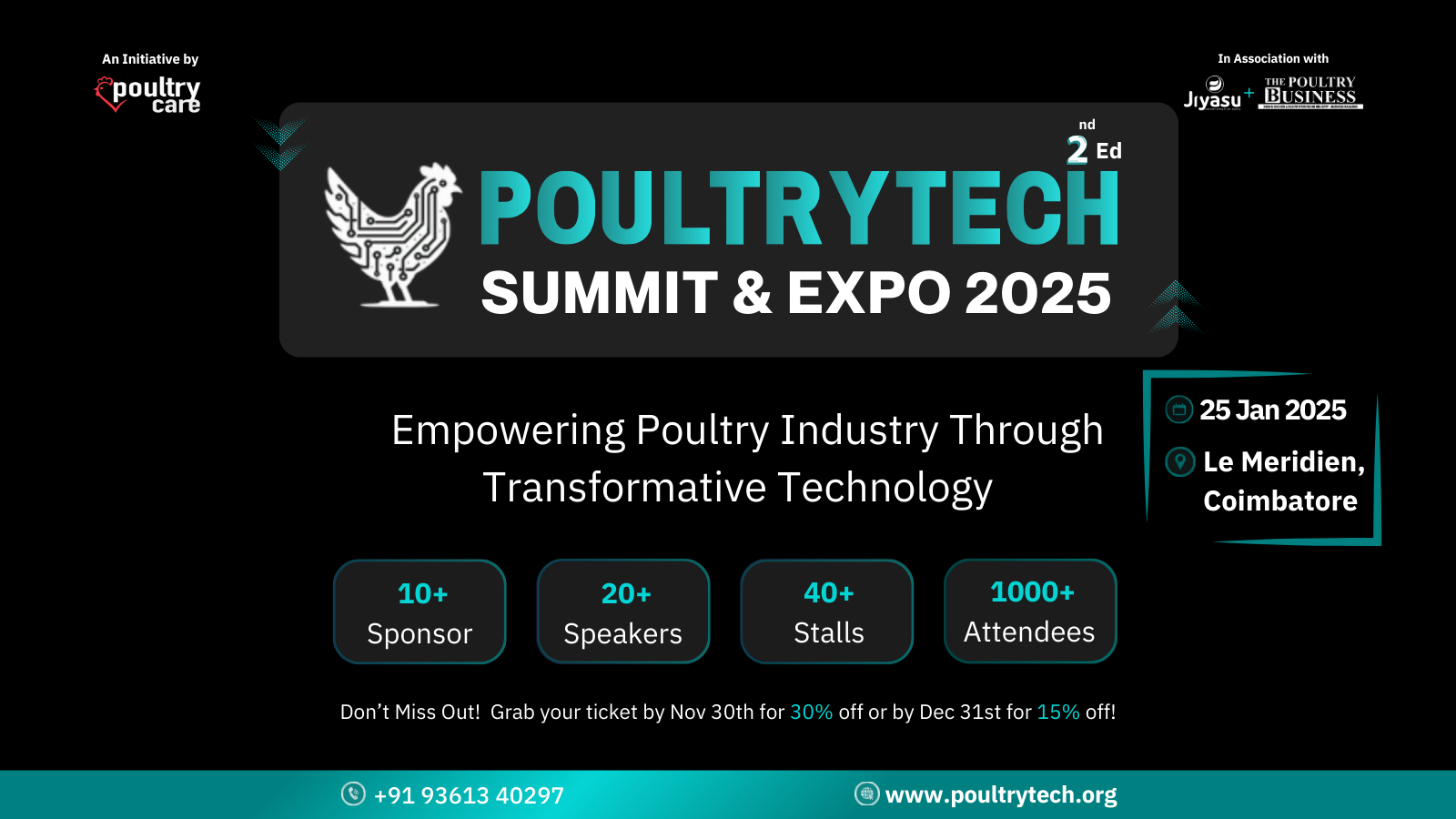In Contract Broiler Farming, every feed bag, every chick, and every decision adds up — not just to growth, but to your final profit.
Yet, many integrators face a painful reality at settlement time: the flock looked good, but the profit didn’t.
Why? Because what you see in your weight and mortality reports often hides the real story — the story told by your Gross Cost (GC).
The Silent Profit Eater: Understanding GC in Contract Broiler Farming
GC is not just a number. It’s the complete picture of how your operation performs. It quietly records every small mistake — a feed truck delay, an unplanned medicine use, or poor chick quality — that turns into lost rupees before the batch ends.
When feed price increases or a single day’s mortality rises unnoticed, the GC quietly climbs higher. And when GC climbs, your margin silently falls.
In short — profit doesn’t disappear; it gets hidden inside GC.
What Really Impacts Your GC?
Every integrator blames something different, but across farms, four major themes keep repeating:
-
Feed Price Variations — sudden hikes or bulk buying without planning often disturb cost balance.
-
Mortality Trends — even a small daily loss multiplies across farms before it’s noticed.
-
Low Final Weight — when the flock fails to reach target weight, the same input costs return less output.
-
Logistics and Coordination Gaps — unplanned chick delivery or feed transport increases handling costs.
These issues may sound routine, but together they decide whether a batch ends in gain or loss.
The Smart Integrator’s Habit: Tracking GC Early
The best-performing integrators don’t wait for settlement sheets — they track GC mid-cycle.
They identify cost leaks before they become losses.
When they notice rising feed costs, they revise feed plans early.
When mortality spikes, they respond before it spreads.
This proactive tracking helps maintain balance between cost, performance, and profit.
It’s not about working harder — it’s about seeing earlier.
Farmel Tips to Control Your Gross Cost
🐥 Plan Feed Procurement Smartly: Buy feed with a weekly plan based on predicted consumption, not impulse.
🧾 Monitor GC Regularly: Don’t wait till the batch ends; track and review mid-way.
💧 Keep Mortality in Check: Identify early mortality reasons — especially management or temperature-related — and act fast.
📦 Optimize Logistics: Coordinate transport between farms to reduce partial-load expenses.
📊 Compare Batch Performance: Use the same cost parameters to review results across farms or cycles.
A little observation early often saves thousands later.
The Real Question: Are You Controlling GC or Is It Controlling You?
Every integrator knows feed and chick costs, but not every integrator knows their true cost per kilogram of live bird.
That’s where success starts — by understanding what each rupee really buys.
When you control your Gross Cost, you control your profit.
Call to Action
If you’re an integrator looking to understand where your margins vanish, it’s time to start tracking smarter.
💬 Share your biggest GC challenge in the comments below
📩 Or book a live demo to see how top-performing integrators manage batch-wise GC tracking and cost control.



